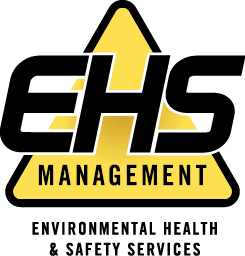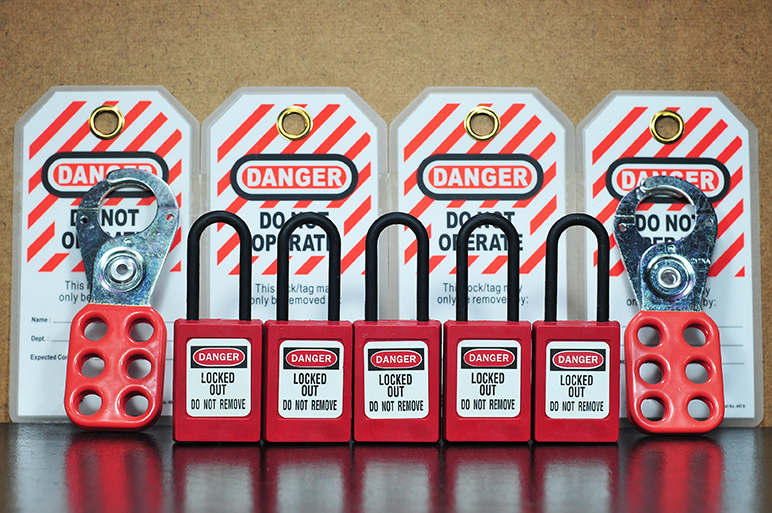If you’re in the safety industry, there’s no doubt you’ve heard of Lockout/Tagout. Developed in the early 1980s, this standard has drastically decreased the number of injuries and deaths from general industry to agricultural workplaces. Although several changes and improvements to how we apply OSHA 1910.147 have been made over the years, the standard itself has not changed. But that doesn’t mean the standard is perfect.
Every time we implement Lockout/Tagout, hundreds or even thousands of dollars are lost in production time. This is the number one reason that a Lockout/Tagout program fails in the workplace. Some employees (or employers) skip these procedures altogether when required production time is on the line. In today’s tight global market, capitalizing on every efficiency is important and this includes efficiency with safety programs. Safety professionals must take a step back and identify when full Lockout/Tagout, or complete de-energization, is necessary or if alternative methods of protecting employees from hazardous energy can be applied.
Alternative Protective Measures are methods of safety in the workplace that protect employees during tasks that may not require complete de-energization of the equipment. Recently, ANSI published a standard that helps safety professionals identify when Alternative Protective Measures are appropriate. Contemporary safety measures now associate traditional Lockout/Tagout procedures to what is now called the Control of Hazardous Energy.
So how do we take advantage of Alternative Protective Measures in the workplace and potentially save the employer thousands of dollars in production time? Safety professionals must utilize a risk assessment procedure to identify the safest, yet most cost effective, method to protect their employees from hazardous energy in the workplace. Risk assessment procedures involve assessing all tasks of an operation and utilizing the hierarchy of hazard controls to implement an Alternative Protective Measure providing an acceptable calculated risk.
For more information on how EHS Management can provide your business a Risk Management Strategy Process, contact us for a free consultation.

